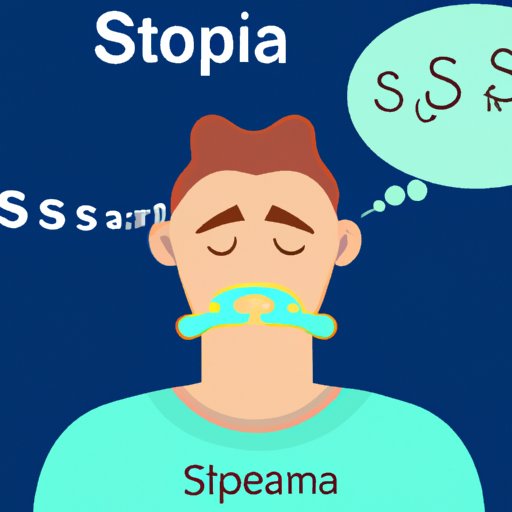
The Silent Thief: Can You Have Sleep Apnea Without Snoring?
Sleep apnea is a serious sleep disorder that can go undetected for years, leading to a range of health complications. One of the most common symptoms of sleep apnea is loud, persistent snoring. However, many people can have sleep apnea without snoring. This can make it difficult to identify and often means it goes untreated for much longer than necessary. In this article, we’ll explore everything you need to know about sleep apnea without snoring and how to recognize the signs.
The Common Misconception: Snoring Is Always Present with Sleep Apnea
It’s a common misconception that snoring and sleep apnea go hand-in-hand. In reality, around half of people with sleep apnea don’t snore. This can cause difficulties with diagnosis, as people often don’t realize they have a problem. Sleep apnea is a condition where breathing repeatedly stops and starts during sleep. This can lead to a range of health problems if left untreated, including high blood pressure, heart disease, and stroke.
5 Signs You May Have Sleep Apnea Without Snoring
While snoring is a common symptom of sleep apnea, it’s not the only one. Here are five signs that you may have sleep apnea without snoring:
- Fragmented sleep: Waking up frequently during the night and having difficulty falling back asleep
- Daytime fatigue: Feeling excessively tired during the day and struggling to stay awake
- Headaches: Waking up with headaches in the morning or experiencing them throughout the day
- Mood swings: Feeling irritable or moody due to a lack of quality sleep
- Dry mouth: Waking up with a dry mouth or sore throat
If you’re experiencing any of these symptoms, it’s important to seek medical advice. While they can be indicative of other sleep disorders, they could also indicate the presence of sleep apnea and require further investigation.
Misconceptions About Sleep Apnea: You Don’t Have to Snore to Have It
Another common misconception about sleep apnea is that it only affects older, overweight men. While these groups are at a higher risk of developing sleep apnea, anyone of any age or weight can experience it. In fact, sleep apnea is more common in women than previously thought, and even children can be affected.
Other risk factors for sleep apnea include having a narrow airway, smoking, and a family history of sleep apnea. By understanding the wider range of people who can experience sleep apnea, it’s easier to recognize the signs and take action if necessary.
Silent Sleep Apnea: Causes, Symptoms, and Treatment Options
There are three types of sleep apnea, including obstructive sleep apnea (OSA), central sleep apnea (CSA), and complex sleep apnea syndrome (CSAS). OSA is the most common form of sleep apnea and occurs when the throat muscles relax and block the airway.
Treatment for sleep apnea often involves using a continuous positive airway pressure (CPAP) machine. This machine keeps the airway open while you sleep, preventing the breathing disruptions associated with sleep apnea. In some cases, lifestyle changes such as losing weight, exercising regularly, and quitting smoking can also help reduce the symptoms of sleep apnea.
Oral appliances may also be recommended, which can help keep the airway open during sleep. Surgery is usually a last resort, reserved only for severe cases or when other treatments have failed to help.
Don’t Be Fooled: Why Lack of Snoring Doesn’t Mean You’re Free from Sleep Apnea Concerns
If you’re experiencing any of the symptoms outlined in this article or are concerned that you may be struggling with sleep apnea, it’s important to seek professional help. Your doctor may refer you to a sleep specialist who can help you get an accurate diagnosis and find the best treatment options for your needs.
Untreated sleep apnea can have serious health consequences, from cardiovascular disease to daytime fatigue and mood swings. By taking action early, you can reduce your risk of complications and get the restful, restorative sleep your body needs to function at its best.
Conclusion
Sleep apnea is a serious sleep disorder that can have a major impact on your health. While many people associate sleep apnea with snoring, it’s possible to have sleep apnea without snoring, making it more difficult to recognize the signs. By understanding the risks and symptoms of sleep apnea without snoring, you can take action to get the help you need and reduce your risk of complications. If you’re experiencing any of the symptoms outlined in this article, we encourage you to seek professional help and take steps towards better sleep and overall health.




